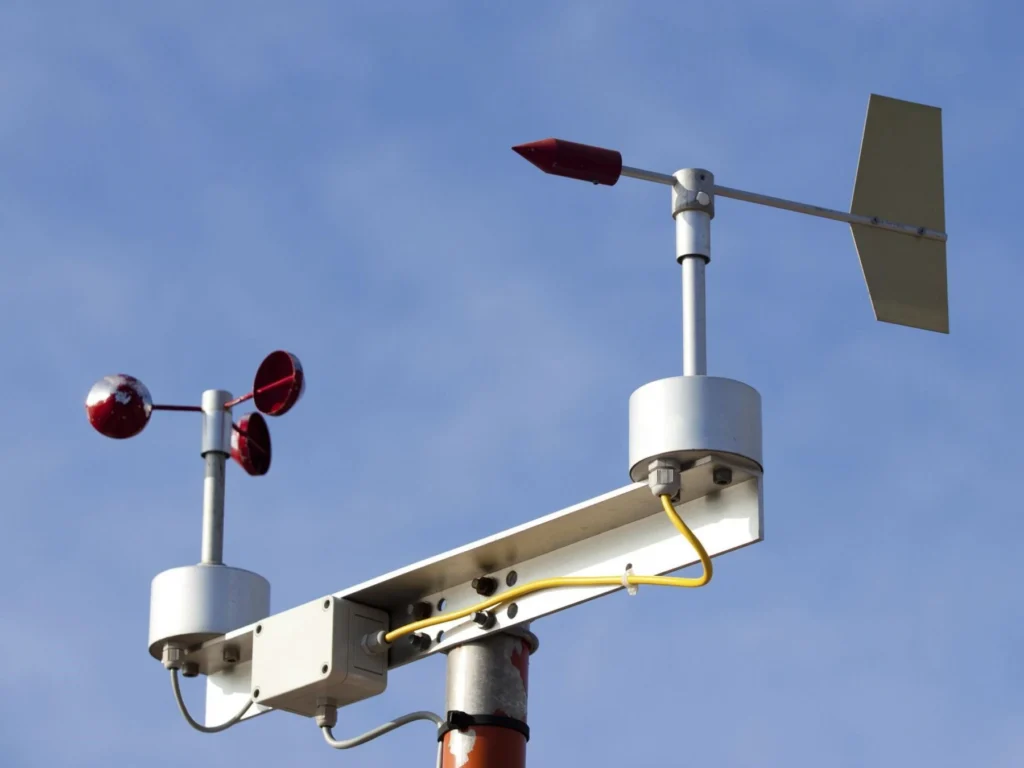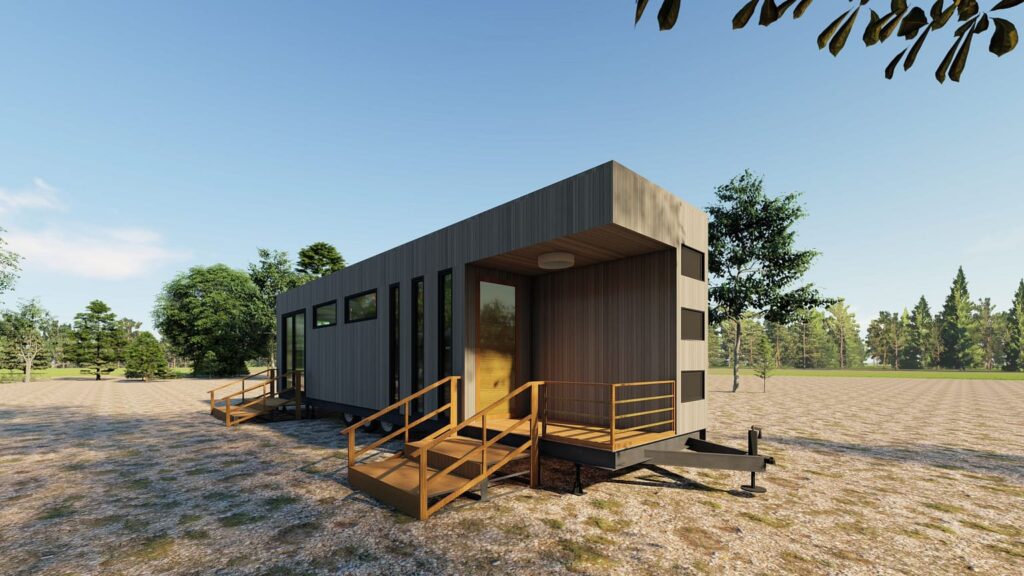
# Slope Stability Analysis in Geotechnical Engineering
Slope stability analysis is a critical aspect of geotechnical engineering, focusing on the assessment of the stability of natural and man-made slopes. The primary goal is to prevent slope failures, which can lead to significant economic losses, environmental damage, and even loss of life. This analysis involves evaluating the forces acting on a slope and determining whether the slope can resist these forces without failing.
## Understanding Slope Stability
Slope stability is influenced by various factors, including the slope’s geometry, the properties of the soil or rock, groundwater conditions, and external loads. Engineers use a combination of field investigations, laboratory testing, and analytical methods to assess these factors. The most common analytical methods include limit equilibrium methods, finite element analysis, and numerical modeling.
### Limit Equilibrium Methods
Limit equilibrium methods are widely used in slope stability analysis. These methods assume that the slope will fail along a specific surface, known as the failure surface. The most common failure surfaces are planar, circular, and wedge-shaped. The factor of safety (FoS) is calculated by comparing the resisting forces to the driving forces along the failure surface. A FoS greater than 1 indicates a stable slope, while a FoS less than 1 suggests potential failure.
### Finite Element Analysis
Finite element analysis (FEA) is a more advanced method that provides a detailed understanding of the stress and strain distribution within the slope. FEA can model complex geometries and material behaviors, making it suitable for analyzing slopes with irregular shapes or heterogeneous materials. This method is particularly useful for assessing the impact of external loads, such as earthquakes or construction activities, on slope stability.
### Numerical Modeling
Numerical modeling involves the use of computer software to simulate the behavior of slopes under various conditions. These models can incorporate a wide range of factors, including soil and rock properties, groundwater flow, and external loads. Numerical modeling allows engineers to predict how a slope will respond to changes in conditions, such as increased rainfall or excavation activities. This predictive capability is essential for designing effective slope stabilization measures.
## Factors Affecting Slope Stability
Several factors can influence the stability of a slope, including:
– **Slope Geometry:** The height and angle of the slope play a significant role in its stability. Steeper slopes are generally more prone to failure.
– **Soil and Rock Properties:** The strength and cohesion of the soil or rock material are critical factors. Weak or poorly consolidated materials are more likely to fail.
– **Groundwater Conditions:** The presence of water can significantly reduce the stability of a slope by increasing pore water pressure and reducing the effective stress within the soil or rock.
– **External Loads:** Additional loads, such as those from construction activities or earthquakes, can increase the driving forces on a slope, leading to potential failure.
## Slope Stabilization Techniques
When slope stability analysis indicates a risk of failure, engineers may recommend various stabilization techniques. These techniques aim to increase the resisting forces or reduce the driving forces acting on the slope. Common stabilization methods include:
– **Drainage Systems:** Installing drainage systems to control groundwater levels and reduce pore water pressure.
– **Retaining Structures:** Constructing retaining walls or buttresses to provide additional support to the slope.
– **Soil Nailing:** Inserting steel bars or rods into the slope to reinforce the soil and increase its strength.
– **Vegetation:** Planting vegetation to improve soil cohesion and reduce erosion.
## Conclusion
Slope stability analysis is a vital component of geotechnical engineering, ensuring the safety and stability of slopes in both natural and constructed environments. By understanding the factors that influence slope stability and employing appropriate analytical methods, engineers can design effective stabilization measures to prevent slope failures. As our understanding of slope behavior continues to evolve, so too will the methods and techniques used to ensure the stability of slopes in a wide range of conditions.
Keyword: Slope


